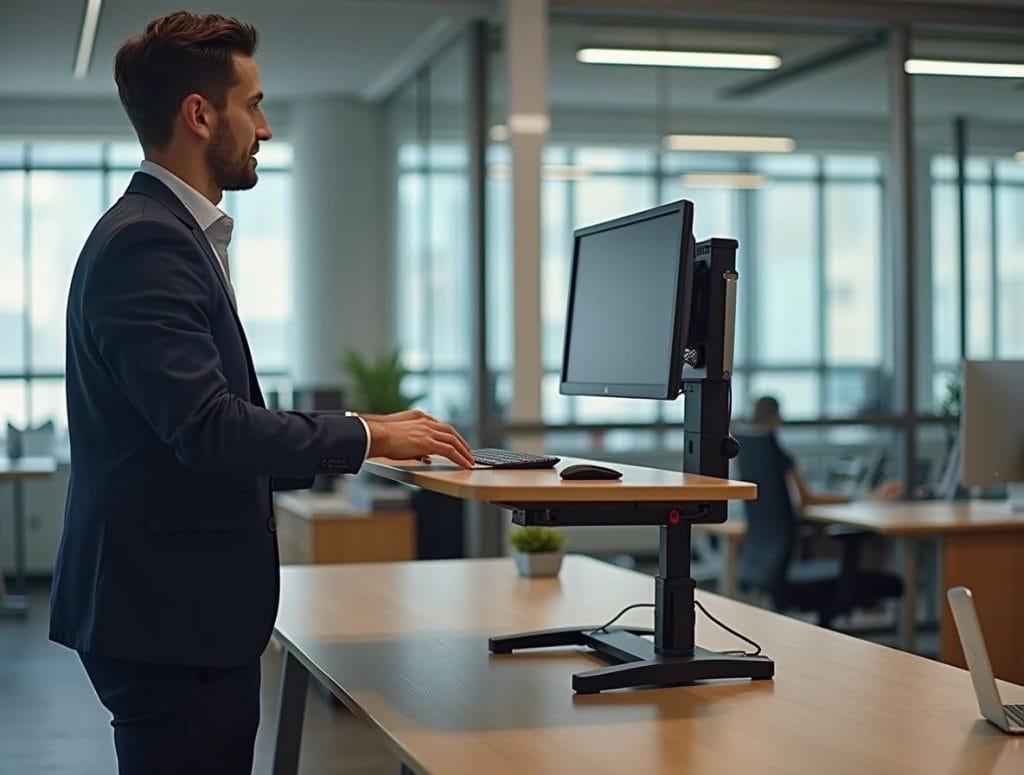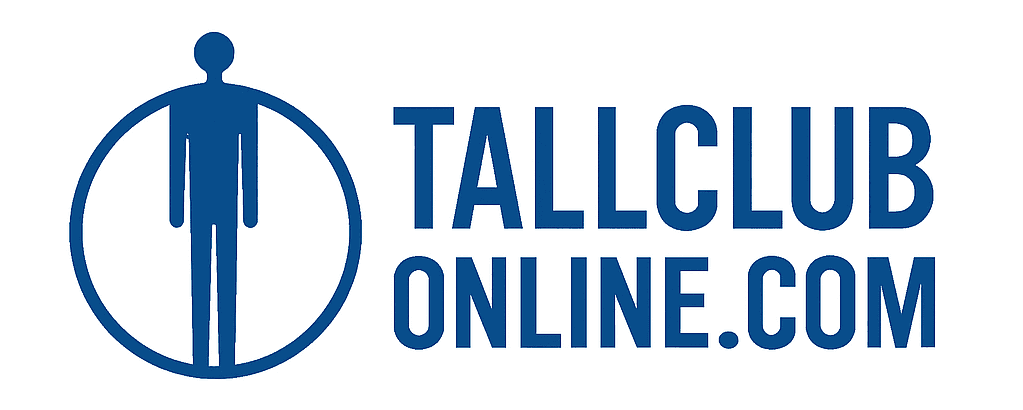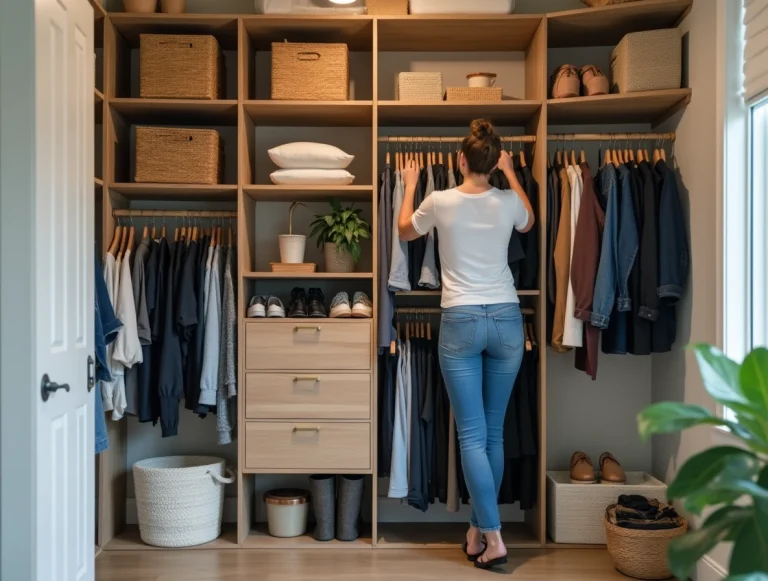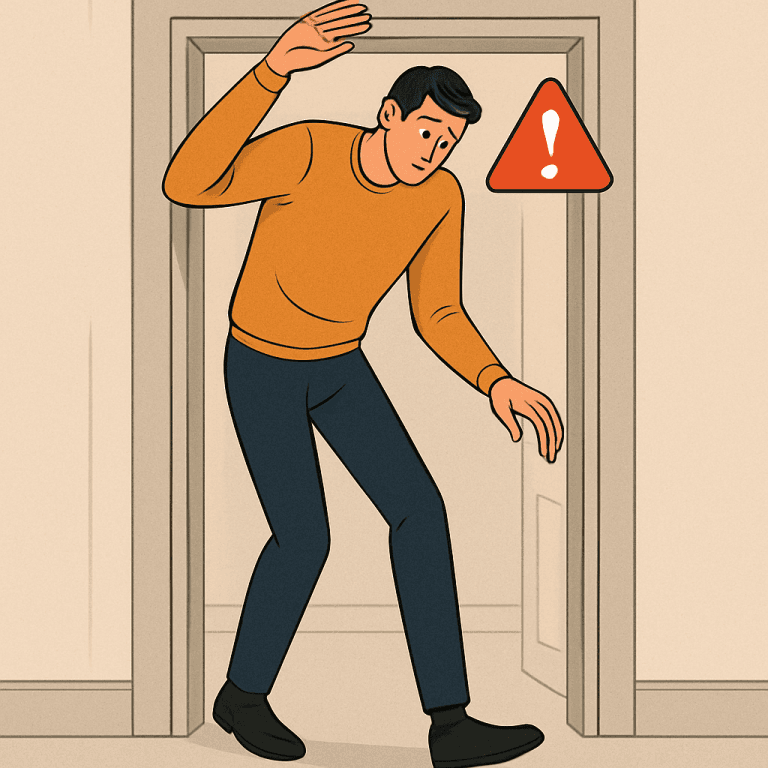Ergonomic Office Setup for Tall Workers: What Actually Works

Many office workspaces are designed for the average-height person — and as a result, tall individuals often suffer from discomfort, pain, or even injury due to poor ergonomic setups. Whether you’re over 6 feet tall or just have a long torso or legs, you’ve probably struggled with desk height, chair comfort, and screen positioning.
In this article, we explore how to create an ergonomic office setup for tall workers, what mistakes to avoid, and which furniture pieces and accessories are worth investing in. Your height shouldn’t be a daily burden, especially when you’re trying to focus on work.
The Problem with Standard Office Furniture
Standard desks, chairs, and monitor stands are built with an average user height of around 5’6″ to 5’10” (167–178 cm) in mind. This leads to common issues for tall workers like:
Knees hitting the underside of desks
Hunching over to type or see the screen clearly
Neck pain from looking down at a monitor
Poor posture due to a short backrest
Lack of proper legroom
Over time, these ergonomic mismatches can cause chronic back pain, shoulder tension, and even long-term musculoskeletal issues.
How to Fix Your Office Setup (Tall-Friendly Guide)
1. Use a Tall-Person Friendly Chair
A proper chair is the foundation of an ergonomic setup. Look for a chair that offers:
High seat height adjustment (ideally up to 22″ or more)
Deep seat depth (around 19″ to 21″)
Adjustable lumbar support
Tall backrest to support your entire spine
Adjustable armrests that don’t force your arms too high
Popular brands like Herman Miller, Steelcase, and Secretlab offer tall-person models, but there are also budget options like the Hbada Ergonomic Chair for Tall Users.
2. Get a Height-Adjustable Desk
A sit-stand desk is a must-have for taller individuals. Make sure the desk can be raised to at least 47–50 inches (119–127 cm) so you can stand comfortably without bending over.
If your current desk is too low, you can use desk risers or blocks to raise it temporarily, but a true adjustable desk is a better long-term solution.
3. Adjust Monitor Height with a Monitor Arm
Your monitor should be at eye level to prevent neck strain. Most tall users need their monitor higher than what a regular stand provides.
Use a monitor arm or adjustable riser to elevate the screen. If you’re using dual monitors, make sure both can be adjusted individually.
4. Don’t Forget Your Keyboard and Mouse Position
Your keyboard and mouse should be at elbow height and allow your arms to bend at about 90 degrees. A keyboard tray that slides out and lowers below desk level can help if your desk is too high.
Use a full-sized keyboard for more comfortable spacing and ensure your wrists aren’t bending unnaturally.
Optional Accessories That Help
Footrest: For better circulation and back alignment
Seat cushion: Adds height if your chair doesn’t go high enough
Desk converter: Converts regular desks into standing ones
Anti-fatigue mat: Great for standing sessions
Laptop stand: Elevates laptops to eye level when no monitor is used
Mistakes to Avoid
Using a non-adjustable chair that’s too low
Sitting with knees above hips — it should be the opposite
Hunching over your desk or curling your spine
Ignoring posture cues from your body
Assuming that discomfort is “just part of being tall”
Sample Ergonomic Setup for a 6’4” (193 cm) Office Worker
Chair height: 20–22 inches from ground
Desk height (seated): 29–31 inches
Monitor height: Top of screen ~ eye level
Elbow angle: ~90 degrees at keyboard
Feet flat on floor or footrest
Key Takeaways
Most office furniture isn’t made for tall people — but it can be adjusted or replaced.
Focus on seat height, desk height, and monitor position to reduce strain.
Investing in a few ergonomic tools will save your back, neck, and energy long-term.
FAQ
Q1: What’s the best office chair for a 6’5” person?
A: Look for a chair with at least 22” seat height, deep seat depth, and a tall backrest. The Secretlab Titan XL and Steelcase Gesture with headrest are great options.
Q2: Is standing better for tall people than sitting?
A: Standing reduces back pressure and helps posture, but both positions need to be ergonomically correct to avoid strain.
Q3: Can I make my current desk work without buying a new one?
A: Yes, with desk risers, a monitor arm, and a keyboard tray, you can adapt most desks for tall height .






